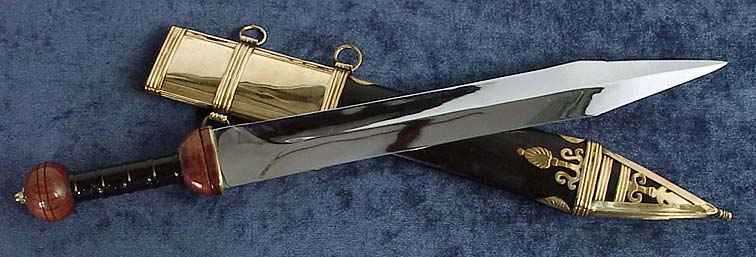Wynfield's Kingdom by Marina Julia Neary is a dark historical novel set from 1830, Victorian England. Dr. Thomas Grant, a newly qualified young physician from Cambridge, is relieved of his position in the household of a nobleman; he also is relieved of his license to practice medicine.
Marina Julia Neary creates her characters with much allure; she describes Dr. Thomas Grant:
There was nothing in his demeanor that would inspire suspicion, no distracting gestures or eccentric habits. One would expect neither heroic deeds nor crimes from him. He exuded composure, equanimity, an impartiality.
He vows never to medically treat the rich again and opens a tavern in Bermondsey to support himself. Whilst contentedly living the life of a self-confessed misanthrope, he saves the life of 10-year-old orphan Wynfield, whom he finds breaking into his cellar. After Dr. Grant treats his injuries Wynfield leads the local police and Dr. Grant to two-year-old Diana who is also an orphan. Not expecting the two-year-old to survive from her fragile condition through the night, Dr. Grant surpasses his own rather elevated expectations when she survives, albeit with a weak heart.
The stoic Dr. Grant houses the children as tenants. Wynfield grows up to be an affable young man of many talents. He entertains those around him with knife-throwing and dancing, but primarily works on the docks and contributing most of his wages to his landlord. Wynfield practically raises Diana, who works in the tavern for Dr. Grant and makes her romantic feelings for Wynfield abundantly clear. Their relationship is a complex one as the dividing line between love and hate is quite a fine one.
Wynfield goes from being a well-read misfit in society to the “King of Bermondsey,” and is revered by the local community for his entertaining skills, which include knife-throwing and stealing. A tragic event which results from his illegal activity makes him question what he has become and leads him to write and produce a play about his hero Cromwell. He casts Diana and his friends in this play and he showcases his anti-monarch ideals, which brings him to the attention of those who have a larger political agenda. Among these activists Wynfield discovers more about his origins.
Wynfield's Kingdon is a very well written dark historical novel with a complex plot centering around Wynfield, Diana and Dr. Grant. All three are very strong, captivating and well-developed characters. The reader is taken backwards and forwards in time in order to tell the story without giving away too much of the plot at once, but the story weaves the romance between Wynfield and Diana beautifully with the historical and political climate. The Kindle version I read was littered with little grammar and typing mistakes like vile instead of vial, unfortunately, but the book still remained engaging. There are many central themes like romance, jealousy, mystery, murder, crime, poverty and politics within the novel and it reads very true to the period in which it is set.
The novel is suspenseful and has a Dickens-like feel to it. There are many twists and turns 75% of the way through the book. Neary captures not just the scene but also the emotions her characters experience very eloquently. This complex tale is very absorbing but well written enough to be put down and picked up. The more you read the more you are drawn in by the storyteller and the more you want to know about these characters and from where they come. The reader is transported away to the Victorian era with Neary's characters .
Her dialogue is witty and amusing:
'Why haven't I seen you in church, Dr Grant?' the vicar inquired once. 'That is because I haven't been going to church, Mr Barclay. Last time I attended a service I was twelve years old. That was almost forty years ago. Honestly, I can't say I have felt any desire to return.' 'Pardon my curiosity. Are you one of those secular humanists?' 'That would not be the most accurate description. In fact, humanists do like humanity. I am leaning more towards an agnostic sociopath, if you insist on a label. I am afraid that your Anglican sensibilities will find no sympathy under this roof. The boy with the scared face is a Puritan, as far as I know. And the glassy-eyed girl appears to be pagan. The Irish maid is Catholic, and the Swedish one is Lutheran. As you see we have quite a Babylon Tower here.'
From the depths of poverty and depravity Wynfield's Kingdom exhibits how the human spirit champions though the worst of conditions. A spell-binding first book in the Wynfield series.













.jpg)






smrst.jpg)

